Full power guaranteed
Many organizations such as transformer stations, power plants or hospitals require a backup power system for emergency situations. These systems are always equipped with a battery pack. In case of a power outage, the battery automatically takes over the voltage supply to keep essential functions alive, and e.g. notifies the central station of the power failure, activates the separator and provides emergency lighting and fire alarms.
A battery pack consists of a large number of electrochemical battery cells, all connected in series. The electrolyte of the cells is usually sulfuric acid. Due to chemical reactions during discharge, the density (or specific gravity, SG) of the electrolyte decreases. The density of the battery acid provides information about the concentration*) of H2SO4 and the charging status of the battery (Figure 1). Depending on the result, the user knows whether the battery needs maintenance or has to be exchanged. Regular density checks are a fast and reliable way to monitor the state of charge and to detect the weakest cell(s) of a battery.
As a matter of fact, a battery pack is only as strong as its weakest cell.
One minute per cell
The DMA 35 Ampere portable density meter by Anton Paar enables maintenance personnel to do their regular density checks on battery cells directly at their storage location. Some milliliters of sample are taken up from the battery cell using DMA 35 Ampere's built-in syringe pump.
The instrument measures the density and temperature of the sample in less than a minute and displays the specific gravity (or, if preferred, density), compensated to 20 °C, or the concentration of H2SO4 in % w/w. The results are stored on the instrument and can later be printed or exported to a PC via Bluetooth. By means of RFID ("Radio Frequency Identification") tags, sampling points can be identified automatically by DMA 35 Ampere. The ID is stored together with the result, ensuring full traceability. When finished, the measuring cell is simply rinsed with distilled water.
Contact Anton Paar to request for demo.




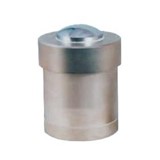

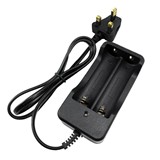
-160x160-state_article-rel-cat.png)


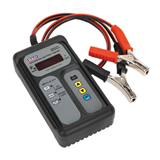


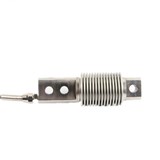

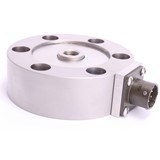
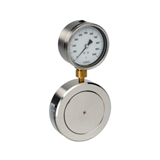
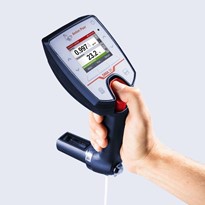



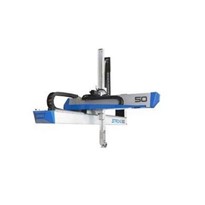

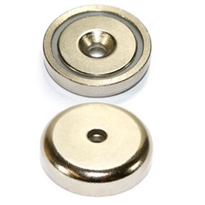


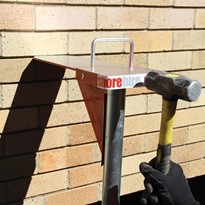


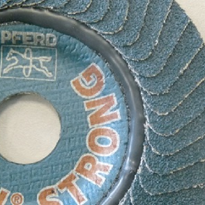
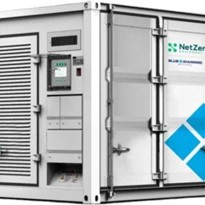
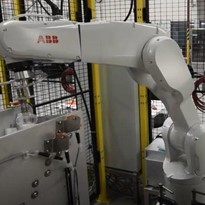
-205x205.jpg)